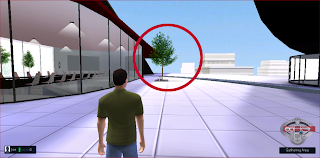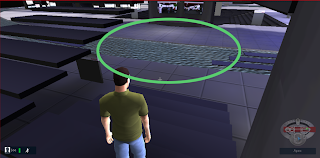 |
| File 4 |
 |
| File 2 |
 |
| File 1 |
 |
| File 3 |
In this exercise I worked using a software called PowerBullet. In this software I used images and effects to create a flash style display that can be uploaded online. This is a final exercise from the Immersive Education course that I am
taking at Boston College. The course is called Discovering Computer
Graphics. For details, visit the immersive BC portal at http://ImmersiveEducation.org/


























